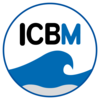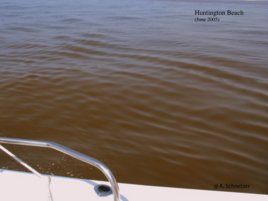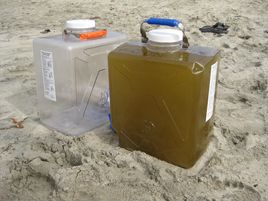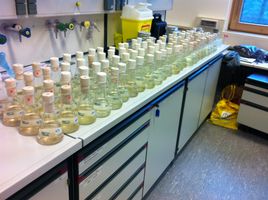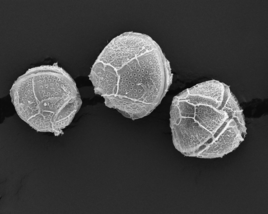Leitung

Prof. Dr. Ulrike Feudel
Tel.: +49-(0)441-798-2790
Fax: +49-(0)441-798-3404
E-Mail:
Standort:
Universität Oldenburg, Campus Wechloy
Raum: W15 1-102
Carl-von-Ossietzky-Straße 9-11
26111 Oldenburg
Lage/Anfahrt
News
- 2017-11-02 Deadline for registration extended: 2017-11-08
- 2017-11-02 Program online
- 2017-10-25 Workshop poster online
- 2017-10-17 Registration started
- 2017-07-21 Registration for invited speaker started
Login for downloads
Benutzeranmeldung
Bitte geben Sie Ihren Benutzernamen und Ihr Passwort ein, um sich an der Website anzumelden.
Harmful Algae Blooms: unifying insights from lab experiments, field monitoring and modeling
International Workshop:
Harmful Algal Blooms: unifying insights from lab experiments, field monitoring and modeling
Held from November 28st to December 1st in Delmenhorst and Wilhelmshaven, Germany.
Harmful algal blooms (HABs) are a common phenomenon in many coastal ecosystems that have been observed to increase in number and spatial extent. Such blooms can have severe negative impacts, either consisting of species that produce potent toxins that can accumulate in the food web, or of non-toxic, high-biomass producers that can lead to hypoxia and anoxia and thus indiscriminant mortalities of marine life after reaching dense abundances. Besides economic losses, HABs can have severe effects by changing the dynamics of entire ecosystems.
A major challenge in the study and management of HABs has been the variety of different species, life histories, ecosystems and impacts involved; i.e. no single set of conditions or approach to mitigation can be applied to all HAB species. Consequently, the specific environmental factors driving bloom dynamics of many HAB species are still poorly understood. Global climate change pressures leading to alterations in temperature, stratification, light, ocean acidification, precipitation-induced nutrient inputs, and grazing are conceivable to enhance the frequency and severity of HABs; however the lack of fundamental knowledge regarding the mechanisms determining HAB dynamics substantially hampers forecasting their future prevalence. In order to better understand HAB dynamics and to forecast HAB patterns under future environmental conditions, these blooms need to be considered in the ecological context of plankton communities, entailing competitive and predator-prey interactions, and to be linked to ecosystem, oceanographic and climate models. Field observations from monitoring programs need to be combined with insights derived from manipulative laboratory experiments and theoretical models which mimic simple laboratory experiments as well as biological –physical coupling to oceanographic flow models.
The goal of this workshop to bring together scientists from various disciplines of natural sciences that investigate harmful algae either in the field (generating observational data from HAB monitoring), in the laboratory (experimental data) and in biological and hydrodynamic models coupling population dynamics and transport.
In particular, we want to focus on the interplay of biotic and abiotic environmental factors that determine the emergence of HABs as well as their propagation. For the emergence of HABs we are especially interested in the role of mixotrophy and the production of allelopathic and toxic substances. For the question of propagation we focus on the role of certain mesoscale hydrodynamic structures like vortices and jets for the formation of HABs. Our objective is to bridge the different disciplines by stimulating the discussion about common insights derived from different study approaches and their specific limitations. From the attempt to integrate insights and different types of data from field and laboratory studies into the development of theoretical models, we expect a cross-fertilization of different fields and the initiation of joint interdisciplinary work among the participants.

